Well, but you see, Columbia’s never offered to do that. They have done that with The Basement Tapes and the Budokan album. But they’ve never offered to put that out as a historical album or whatever. And believe me, if they wanted to do it, they could.
~Bob Dylan to Kurt Loder in 1984
“I still can’t believe they’ve finally put it out. I just keep staring at my copy.”
~Andy Kershaw (BBC Radio 1 DJ)
14 years ago today… they finally put it out, this surely calls for a celebration!
Baby, Let Me Follow You Down:
From Wikipedia:
| Released | October 13, 1998 |
|---|---|
| Recorded | May 17, 1966 |
| Genre | Rock, folk rock, blues rock |
| Length | 95:18 |
| Label | Columbia |
| Producer | Jeff Rosen |
Live 1966: The “Royal Albert Hall” Concert is a two-disc live album by Bob Dylan, released in 1998. Recorded at Manchester’s Free Trade Hall. It is from Dylan’s famous world tour in 1966, having been extensively bootlegged for decades, and is an important document in the development of popular music during the 1960s.
The setlist consisted of two parts, with the first half of the concert being Dylan alone on stage performing an entirely acoustic set of songs, while the second half of the concert has Dylan playing an “electric” set of songs alongside his band The Hawks. The first half of the concert was greeted warmly by the audience, while the second half was highly criticized, with heckling going on before and after each song.
Here are two (of many..) “real” bootleg covers of this concert:
—
Tell Me Momma opens the electric part of the concert.. (Track 1 – CD2)
This is raw, it’s down and dirty rock’n’roll. Hell, it’s punk rock, man’
~Jon Spencer of the Blues Explosion
The two loudest things I’ve ever heard are a freight train going by, and Bob Dylan and the Band
~Marlon BrandoI felt like I was being forced back into my seat… like being in a jet when it takes off.
~C. P. Lee
History:
After touring North America from the fall of 1965 through the winter of 1966, Dylan, accompanied by The Hawks (later renamed as The Band), embarked on a six-week spring tour that began in Australia, wound through western Europe and the United Kingdom, and wrapped up in London. Dylan’s move to electric music, and his apparent disconnection from traditional folk music, continued to be controversial, and his UK audiences were particularly disruptive with some fans believing Dylan had “sold out”.
The electric part of this concert first surfaced in late 1970 or early 1971 on bootleg LPs with various titles. On June 3, 1971, critic Dave Marsh reviewed one bootleg in Creem magazine, writing
“It is the most supremely elegant piece of rock ‘n’ roll music I’ve ever heard…The extreme subtlety of the music is so closely interwoven with its majesty that they appear as one and the same.”
The same month, critic Jon Landau reviewed another edition of the concert:
Needless to say, the album is both musically great and an amazing path back into the temperament of the sixties. Listening to it, it isn’t hard to remember Dylan on stage of the Donnelly Memorial Theatre in Boston or at Forest Hills in New York standing toe to toe, eyeball to eyeball with Robbie Robertson between every verse of practically every song, while the guitarist played his fills. Nor is it hard to remember that long, lean, frail look that sometimes made you wonder what gave him the strength to stand up there in the first place, as he remembered the unbelievably complex lyrics to his unbelievably long songs, without ever faltering…It isn’t hard for me to remember the booing, the names, the insults he endured just to be standing there with an electric band…
The early bootleg LPs attributed the recording to one of Dylan’s tour-closing concerts at London’s Royal Albert Hall that was also recorded, as was a show in Liverpool (May 14), supervised by Dylan producer Bob Johnston. However, Dylan’s now-legendary confrontation with a heckler calling out “Judas” from the audience, clearly heard on the recording, was well documented as having occurred at Manchester’s Free Trade Hall on May 17, 1966. After “Judas!”, there is clapping, followed by more heckles. One of those shouts, barely audible on the record, is a man shouting, “I’m never listening to you again, ever!” Dylan then says “I don’t believe you”, then after a long pause, “You’re a liar.” Dylan turned towards the band can be heard telling them to “play it fucking loud” as they begin “Like a Rolling Stone.” At the end, the audience erupts into applause and Dylan says, “Thank you.”
After years of conflicting reports and speculation among Dylan discographers, the Manchester source was verified after the preliminary mix of a proposed Columbia edition was bootlegged in 1995 as Guitars Kissing & The Contemporary Fix. Dylan rejected that edition; three years later, he authorized a markedly different version for his second “Bootleg Series” release. One song recorded at Dylan’s real Royal Albert Hall concert had been previously released: his May 26, 1966 performance of “Visions of Johanna” on the Box set Biograph. Excerpts from other 1966 UK performances are included in Martin Scorsese‘s 2005 television documentary No Direction Home. Film footage of the “Judas” incident was discovered and used at the end of the documentary.
Here it is… one of the of the most famous moments in rock history:
When Live 1966: The “Royal Albert Hall” Concert finally was released in 1998, it was a commercial and critical success, reaching #19 in the U.K. The inside leaflet reveals useful information about the conditions of how the concert was recorded and transferred to disc and it confirms that the version of “It’s All Over Now, Baby Blue“, previously released on the Box set Biograph, duly comes from this concert.
Track listing:
All songs written by Bob Dylan, except where noted
- Disc 1 (solo acoustic)
- “She Belongs to Me” – 3:27
- “4th Time Around” – 4:37
- “Visions of Johanna” – 8:08
- “It’s All Over Now, Baby Blue” – 5:45
- “Desolation Row” – 11:31
- “Just Like a Woman” – 5:52
- “Mr. Tambourine Man” – 8:52
- Disc 2 (with The Hawks)
- “Tell Me Momma” – 5:10
- “I Don’t Believe You (She Acts Like We Never Have Met)” – 6:07
- “Baby, Let Me Follow You Down” (Eric von Schmidt. Arr. Dylan) – 3:46
- “Just Like Tom Thumb’s Blues” – 6:50
- “Leopard-Skin Pill-Box Hat” – 4:50
- “One Too Many Mornings” – 4:22
- “Ballad of a Thin Man” – 7:55
- “Like a Rolling Stone” – 8:01
–
3 Important Voices
Michael Gray (Bob Dylan Encyclopedia):
The most enthralling, truthful, priceless concert performance ever issued by a great artist.
Three decades afterwards, and in heart-stopping quality, came the complete concert from 1966 at last. Long thought to have been from the Royal Albert Hall, London (the early, incomplete bootlegs had claimed this), the concert was actually from the Manchester Free Trade Hall: the time-stopping astonishing, riveting, synapse-crinkling acoustic solo half and, performed with THE HAWKS, the transcendent revolutionary electric second half. Bob Dylan at the absolute lapidary peak of inspiration, just turned 25 years old and utterly dismissive of the received wisdom of showbiz. This concert also embraces that telling moment when someone in the audience shouts ‘Judas!’.
The 2-CD set is extremely well packaged, with a generous supply of vivid, telling photographs and an exceptionally fine, thoughtful essay, informed by the writer’s personal knowledge, by Dylan’s old Minnesota friend and fellow musician TONY GLOVER, plus decent and straightforward information
about the available officially recorded tour tapes and how they had been reprocessed for the release of this concert, 32 years after it happened.
–
Clinton Heylin (Behind the Shades):
 ..the Manchester show …features a considerably more controlled Dylan, even though it constitutes the most notorious battleground on the tour. The May 17 acoustic set may actually be the most unrepresentative solo set of the entire world tour. Gone are those gently gliding syllables, almost as if the previous night’s cocktail had left him little in reserve. The electric set, though, was particularly loud, and the reaction particularly explosive.
..the Manchester show …features a considerably more controlled Dylan, even though it constitutes the most notorious battleground on the tour. The May 17 acoustic set may actually be the most unrepresentative solo set of the entire world tour. Gone are those gently gliding syllables, almost as if the previous night’s cocktail had left him little in reserve. The electric set, though, was particularly loud, and the reaction particularly explosive.
–
Paul Williams (Performing Artist – Vol.1):
..the Manchester electric set…. there’s so much here and it requires the creation of a new language to be able to talk about it and anyway you already know – “everything I’m saying, you can say it just as good” (Dylan sings this at Manchester with a weariness that has an extraordinary core of resilient strength, surrounded by guitar notes and drum beats and organ riffs that are truly eloquent, full of very specific color and breathtaking beauty). The songs flow together into one song, moving from the explicit sexual (Tell Me Momma, I Don’t Believe You, Baby Let Me Follow You Down) to more complex, less identifiable, more emotional landscape (One Too Many Mornings, Ballad of A Thin Man, Like A Rolling Stone). The version of “Ballad Of A Thin Man” is arguably the most powerful I’ve ever heard. The band (that includes the vocalist) found the groove, I mean really found it, this performance is an ocean wide and a hundred light-years long (and ends right on schedule, the infinite in a nutshell).
And “Like A Rolling Stone,” impossibly, is the equal of the original recording, totally new and just as intense.
—
Personnel:
- Bob Dylan – guitar, electric guitar, harmonica, piano on “Ballad of a Thin Man”, vocals
- The Hawks
- Rick Danko – bass guitar, vocal
- Garth Hudson – organ
- Mickey Jones – drums
- Richard Manuel – piano
- Robbie Robertson – electric guitar
- Technical personnel
- Vic Anesini – engineering
- Steven Berkowitz – mixing
- Michael Brauer – mixing
- Greg Calbi – mastering
- Barry Feinstein – photography
- David Gahr – photography
- Geoff Gans – art direction
- Tony Glover – liner notes
- Don Hunstein – photography
- Art Kane – photography
- Mark Makin – photography
- Hank Parker – photography
- Jan Persson – photography
- Jeff Rosen – production
- Jerry Schatzberg – photography
- Sandy Speiser – photography
- Mark Wilder – editing
–
I can’t find “Ballad of a Thin Man” or “Like A Rolling Stone” from this concert on youtube… (or soundcloud), but we need some videos from the 1966 tour (spotify is further down.. but not everybody has spotify).
Here is “Ballad of A Thin Man” from Copenhagen April 30:
..and from Royal Albert Hall in London on May 26:
Like A Rolling Stone from … 1966:
..and from Liverpool:
Spotify:
Earlier JV posts on Dylan albums:
- Time Out Of Mind
- Oh Mercy
- Under The Red Sky
- Love & Theft
- Tempest
- Highway 61 Revisited
- Slow Train Coming
-Egil

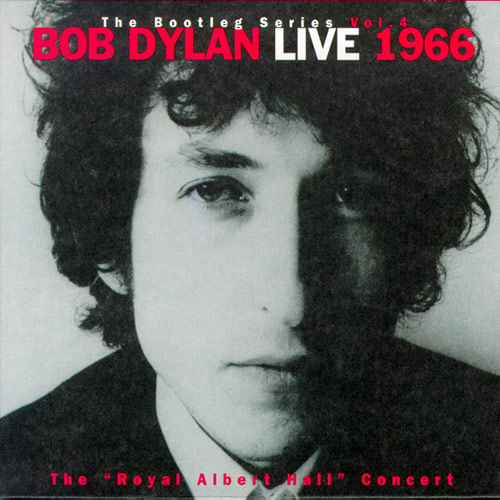
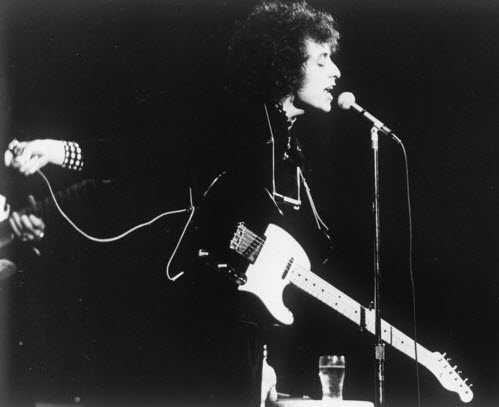

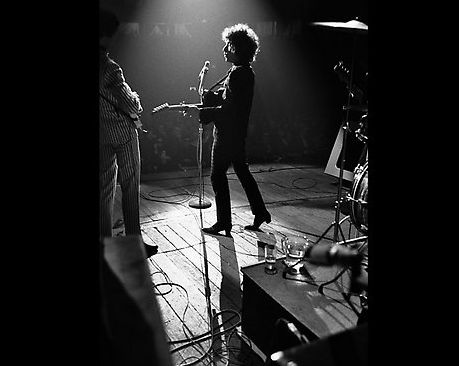
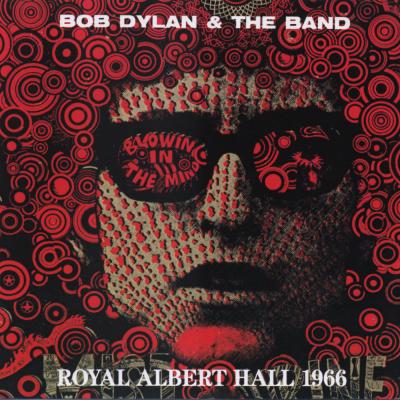
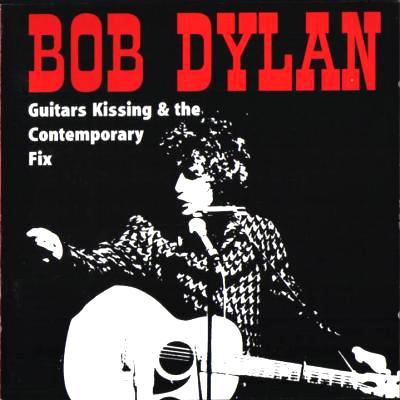
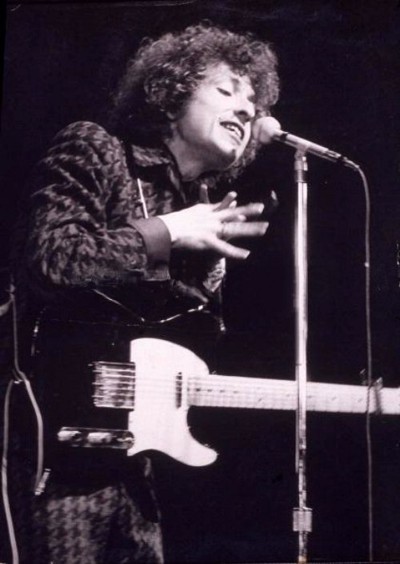

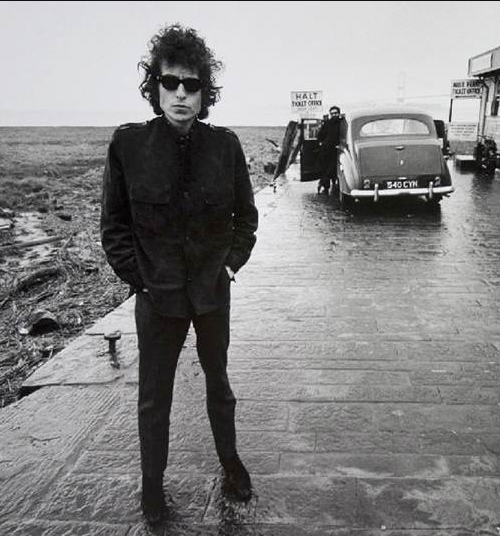

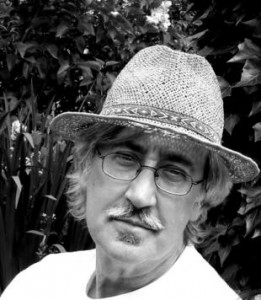


I can’t remember right now whether God Save The Queen comes at the end of one of the bootleg versions of this concert or not. However, it was regularly played at the UK concerts post show … however, of course NOT by the Dylan and the Hawks, but as a tape …
Strictly speaking, you’re missing one track from the playlist :
God Save The Queen.
In those days in England concerts and cinemas used to close last thing
at night with a plying of the National Anthem, as you can hear here.
Always tempted to see that slipped into a quiz as a trick question.
Hi Frank….
I’m pretty sure Dylan & The Hawks didn’t play “God Save The Queen” in Manchester Free Trade Hall May 17th 1966 🙂
-Egil